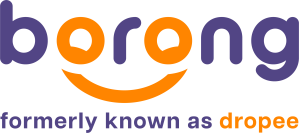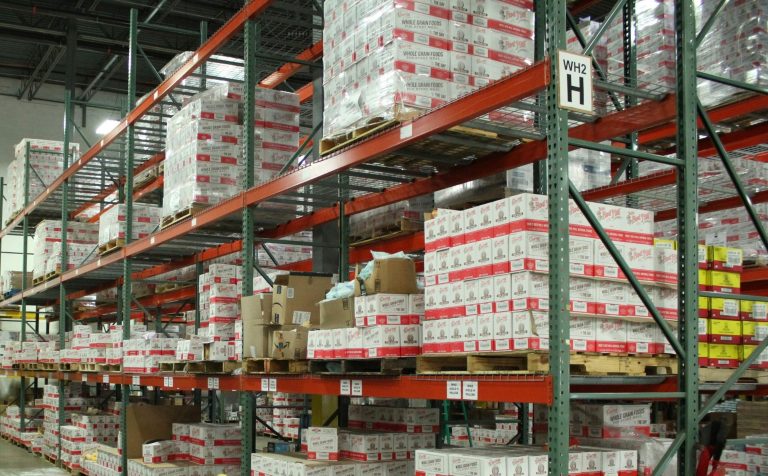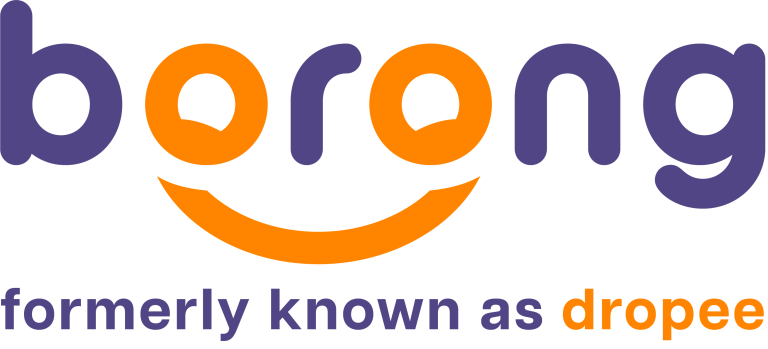As the US government continues defining its rollout of new tariffs, procurement professionals are keeping a close eye on how shifting trade policies will impact prices, supply chains and existing relationships.
These tariffs have contributed to the ongoing disruption of procurement following the pandemic, which dramatically expanded the scope of the function. According to Gartner, chief procurement officers (CPOs) are now responsible for navigating a complex interplay of issues including technological advancements, geopolitical shifts and an intensified focus on innovation.
Given the accelerated pace of change (and the fact that 70% of procurement organizations are struggling to hire new talent), many CPOs are investing in agentic AI capabilities that can automate certain key functions, provide insights into long-term planning and help build resilience for the future. But getting these sorts of programs off the ground involves careful coordination to make procurement data AI-ready, identify potential compliance issues and develop strict protocols to mitigate risk.
Upgrading Traditional Procurement Processes
In the 2024 State of Procurement Data Report from Amazon Business, 95% of decision makers said that procurement has room for optimization, and it’s easy to see why.
Typically, a company uses multiple solutions within the procurement process, requiring hands-on orchestration of the data, people and technology involved. While an average consumer can just pop online to order something, large enterprises must undergo a series of checks and approvals at various stages that can slow things down, create confusion or lead to costly mistakes if not properly managed. And additional factors like inflation and sustainability benchmarks only add to the volatility.
As we’ve seen over the past few years, it doesn’t take much to throw our sensitive supply chains into chaos. In 2021, just one container ship running aground in the Suez Canal held up more than $5 billion in trade for each of the six days the canal was obstructed. That’s because global commerce is more interconnected than ever, and any substantive changes to trade policies (like increased tariffs) will have knock-on effects for procurement teams worldwide.
These challenges are leading to widespread industry change, with procurement organizations abandoning old approaches to globalization and supplier consolidation in favor of a new model that prioritizes supplier diversification and risk management.
According to McKinsey, the best performing companies understand that meeting the demands of modern procurement requires mastery of data-driven decision making, and work is underway to optimize traditional processes. A survey revealed that 87% of procurement executives are focused on improving end-to-end margin management in the year ahead, with 77% actively investing in next-generation technology, data and analytics capabilities.
Three Ways AI Can Help Future-Proof Procurement
It’s important to note that few expect the procurement process to ever become fully automated, and there is still real value in human ingenuity and relationship building. But procurement also involves data analysis and problem-solving. For that, AI is uniquely suited to make a big impact, capable of analyzing huge amounts of information quickly and identifying patterns that might otherwise go unnoticed.
Here are three ways that AI is being used to enhance procurement processes, including some specific industry examples:
1. Sourcing
In procurement, sourcing is the strategic process of identifying, evaluating and selecting suppliers to acquire the goods and services an organization needs. Success often comes down to a procurement team’s ability to keep costs low without impacting quality or reliability, but any sort of unpredicted event (like wars, natural disasters or tariffs) can upend traditional supply chains and send companies in search of new partners.
In these situations, agentic AI can offer a huge advantage by analyzing real-time data to identify alternative suppliers, optimize costs and reduce dependency on tariff-heavy regions, saving procurement teams time and money. A good example of sourcing optimization in manufacturing is Boeing, which saved on sourcing costs by using AI to “gain more insight and control of its spending in distant locales.”
2. Contract Management
Procurement professionals spend a lot of time on contracts—from creation and negotiation to execution, monitoring and termination. It’s always been a tough job, but it’s getting tougher as risk profiles increase and new offerings from competing vendors emerge more frequently.
In response, many procurement teams have begun automating contract management with AI, which can constantly monitor the terms of an agreement to ensure compliance, flag cost-impacting clauses in real time and streamline the renegotiation process.
For example, applying AI to contract management in the pharmaceutical industry helps connect disparate information from across the enterprise, digitize legacy and third-party contracts and execute mass amendments to stay compliant with new regulations.
3. Forecasting
Forecasting in procurement involves analyzing data to predict future demand, which allows leaders to make better decisions on purchasing, inventory management and production planning. In the past, forecasting was a manual process, and teams struggled to access siloed data that would allow them to form accurate projections. But with AI, procurement teams are able to develop advanced forecasting models that can anticipate price fluctuations and adjust sourcing strategies proactively.
In the energy industry, forecasting is critical for resource planning, asset monitoring and staying ahead of potential problems. Leading power companies use AI algorithms to analyze historical energy consumption data, weather patterns, economic indicators and other relevant factors to predict future energy demand with greater accuracy than traditional methods. The technology can also model scenarios to schedule preventative equipment maintenance, helping improve field tech safety and limit customer downtimes.
The Long-Term Value Of AI In Procurement
As supply chains become more complex with new variables like tariffs, procurement teams can often lack the real-time visibility and sophisticated support necessary to properly manage the movement of goods around the world. The addition of AI will make the technology stack even more complex, and finding the right data to feed new AI, both internal and external, while maintaining data integrity and minimizing risk, becomes all the more important.
Therefore, modern solutions to ensure the orchestration of these tools enable companies to modernize and react much more quickly to the ever-changing needs, regulations and pressures.
Source: Matthew Buckingham, Forbes url


